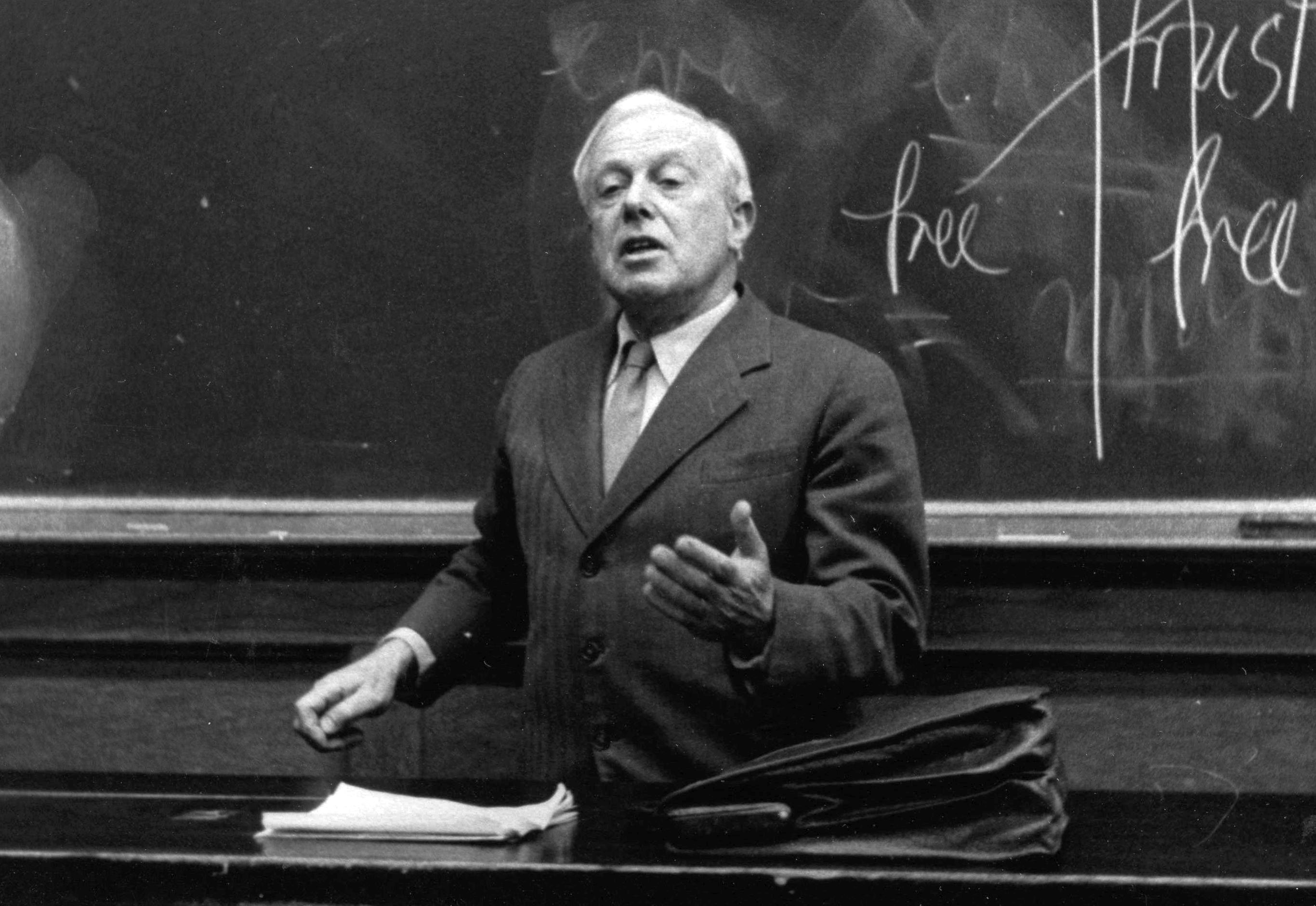Volume 1: Circulation of Thought (1949)
Wherever you have consciousness, you have opposition; wherever you have conscience, you have unity. Conscience makes for unity, gentlemen; consciousness makes for action, for parties, for opposition, for object and subject.
—May 23, 1949

Circulation of Thought describes the way thought moves, the way thought is “conjugated,” over time. Rosenstock-Huessy endows the process of thought and inspiration moving between generations with the name “spirit,” and names speech as its vehicle. (There are several lecture series with this title, and they share this common theme.)
Rosenstock-Huessy accepts the division of reality into logos (the word of God), physis (nature), and ethos (relationships among people). According to the Scholastics, the three areas differ in the position of their subject matter with respect to truth: Does the truth precede the subject matter, does truth follow the subject matter, or is truth within the subject matter? The three areas of reality are researched by three types of disciplines. Logos is the subject of theology, physis that of natural science, and ethos that of ethics or social sciences.
The method used to study each discipline is a result of its relationship to truth. Established and successful methods exist for theology and the natural sciences. The social sciences, however, although occupying their own relationship to truth, to date have only mimicked the research methodology of the natural sciences. They need their own method, one that reflects that their truth shifts as a result of what people in the societies are doing.
In the Middle Ages, “concordance” was the logical discipline of reconciling apparently conflicting positions with a divine authority revealed to men. “The super-logic is … that for the living soul …God is always there. But for the operating mind, God is never given….just as infinity is the tremendous step from arithmetic to mathematics, so this tremendous admission of the partial absence of God from the mind is the-real foundation of the super-logic of the Middle Ages.” These lectures is provide a detailed description of how concordance is to take place.
